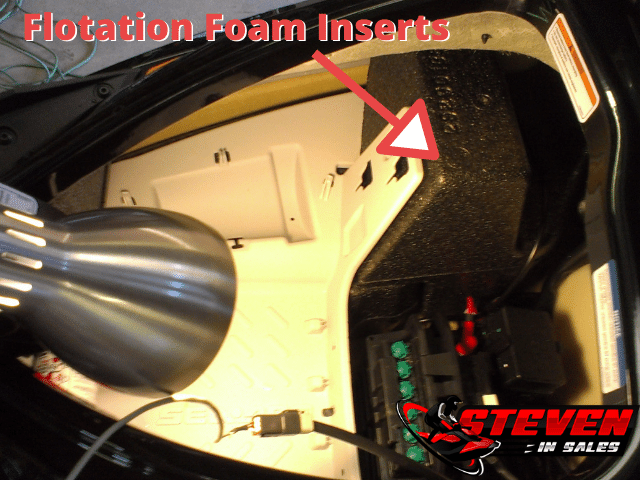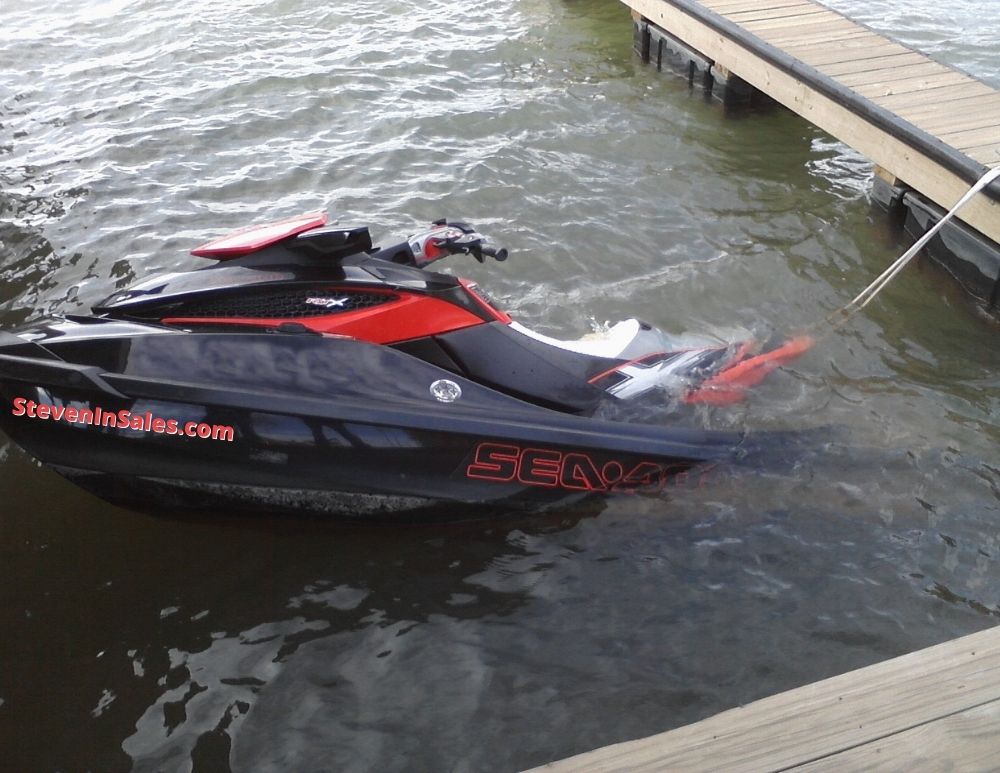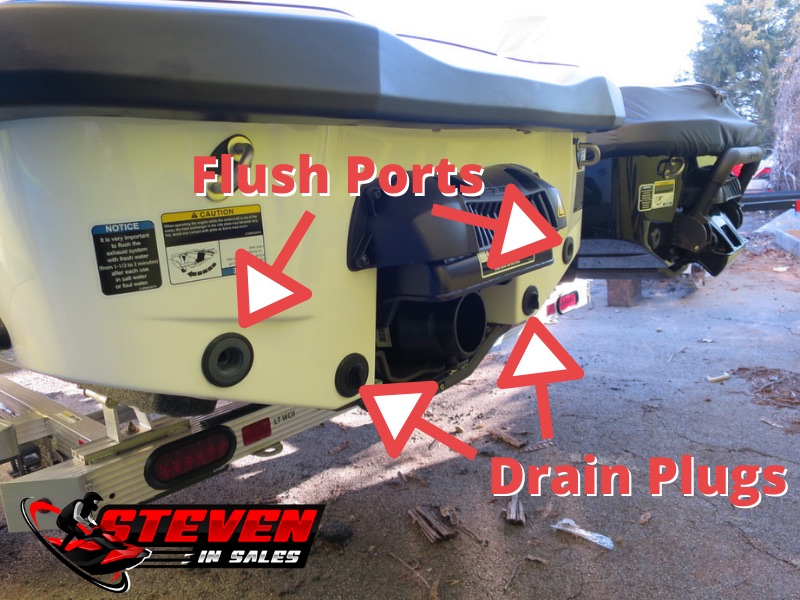It’s normal for any watercraft to take on some water, especially in rough conditions. From the bailer tubes to the foam inserts, there are things to help with the water that comes in.
But many owners do wonder about the worst-case scenario. What would happen if your watercraft started to take on water? Would the craft fall to the bottom of the lake?
That is what I want to cover in this post. I want to help you better understand below about taking on water and the safety issues that come long with it. Then cover the steps you should take if you do take on water.
The Foam Inserts Keep It A-float
A personal watercraft will drown underwater, but foam inserts in the hull prevent it by providing buoyancy.
If it does take on water, the foam in the front makes it stay afloat nose-up due to most of the weight being in the rear.
Do This If You Took On Water
A craft that was sunk is not the end of the world and can often be brought back to life, though it’s not going to be cheap.
If the watercraft was only flipped over, then read this post instead.
If you have insurance, get them involved:
- If your PWC sunk and the water got above the engine, then there is water in your engine that needs to be removed.
- If it’s ocean water, it needs to be removed as quick as possible. It’s best to let the repair shop or dealership handle this for you. Your engine may need several oil changes and this is why it gets expensive, all the water needs to be removed!
Don’t Start The Engine
Do NOT try to start a sunken watercraft as there is water in the engine and that will damage pistons, cranks and more. Water doesn’t compress like air, and starter motors are strong!
Read more on what to do here.
The Reasons For A Sinking PWC?
The main reason for sinking is because people forget to put in the drain plugs. Before putting your machine in the water, make sure to check and put in the drain plugs.
Don’t confuse them with the flush ports, which are in a different place. The drain plugs are at the lowest part of the hull, and there might be one or two of them.
A damaged hull, bolts, or connections can make you take on water. Also, a damaged waterline can do the same.
To check for leaks, keep it on the trailer with drain plugs in, partially in the water, remove the seats, and observe for water coming in.
If no leaks, idle the engine on the trailer and monitor for water.
Then, If no leaks, go for a real a ride, and watch for water coming in. When coming back, some water is acceptable, but gallons is a problem.
Can a Watercraft Capsize?
Excessive weight or waves can capsize a watercraft, even in no-wake zones. Avoid overloading!
Normal riding on a lake or river with a modern 4-stroke engine makes flipping over difficult, especially with one person. It’s harder with large modern vessels but easier with smaller Rec-Lite models.
Flipping can occur due to excess weight or hitting a wave incorrectly.
In the ocean, it’s a different beast and large waves can capsize larger boats. Know your riding abilities and don’t be stupid!


